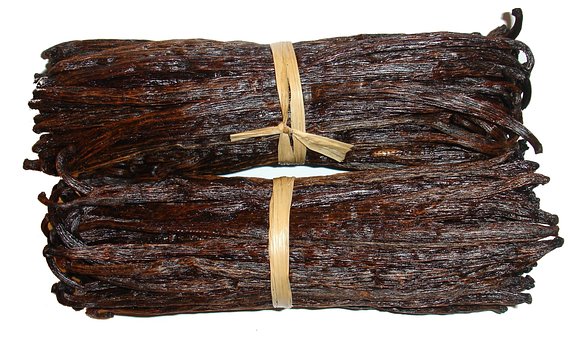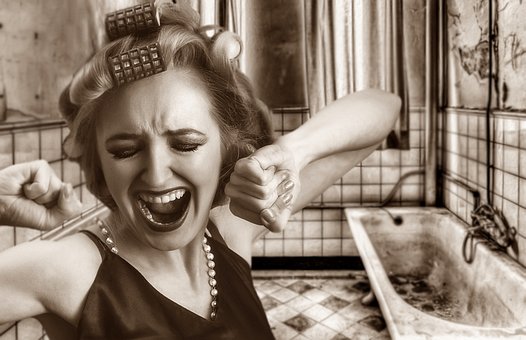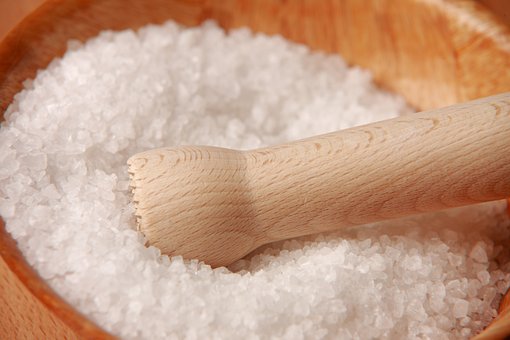 Have you ever wondered what the difference is between baking soda and baking powder? I've wondered since some recipes call for one, or the other or both. My mother always told me you interchange the two because they are different.
Have you ever wondered what the difference is between baking soda and baking powder? I've wondered since some recipes call for one, or the other or both. My mother always told me you interchange the two because they are different.Baking soda is the common name for bicarbonate of soda or sodium bicarbonate. It has been around for a very long time.
Its what you used to make your volcano erupt when you mixed it with vinegar. The baking soda is a base while the vinegar is an acid and when mixed, carbon dioxide is released.
When you bake using. baking soda, its this same reaction that causes the baked item to rise. Many times the acid in the mix is provided via lemon juice, yoghurt, molasses, or other item. Baking soda is stronger than baking powder but you really don't need much soda. If you use too much, the baked item tastes odd.
The baking soda begins to react as soon as it hits the liquid so you do not want to wait very long before baking or it might not rise as much. In addition, baking soda is effected by the expiration date and should be used before then. If you aren't sure, a bit of vinegar to a bit of baking soda and watch the reaction. If the reaction is anemic, you shouldn't use the baking soda.
Baking powder is actually a mix of baking soda and cream of tarter with a bit of cornstarch thrown in sometimes. Most baking powders are double acting in that the first time it reacts to the liquid and the second time, it reacts to the heat. Baking powder does not need an acid to react, only liquid but baking soda needs something acidic. Baking powder makes your baked goods a nicer brown color.
If you need to test your baking powder to see if it is still good, you need to add 1 tsp powder to 1 cup hot water. If there is a reaction, your powder is still good. Baking powder has only been around since 1843 when Alfred Bird created it for his wife who was allergic to eggs and yeast. In fact, he snagged a contract with the war department to supply baking powder to be used in hospitals to make light foods for the sick.
In 1855, Rumford formulated and patented its version of baking powder, the first calcium phosphate based baking powder. In 1866, another company started producing Royal Baking Powder and the owner spent over half a million dollars a year on advertising. The first double acting baking powder hit the market about 25 years later. A few more improvements and we have our current version of baking powder.
It is also recommended that you do not try to use baking soda when baking powder is required since baking soda is four times as strong as baking powder. This means one tsp of baking powder causes as much rising action as 1/4 tsp of baking soda.
Let me know what you think, I'd love to hear. Have a great day.


























